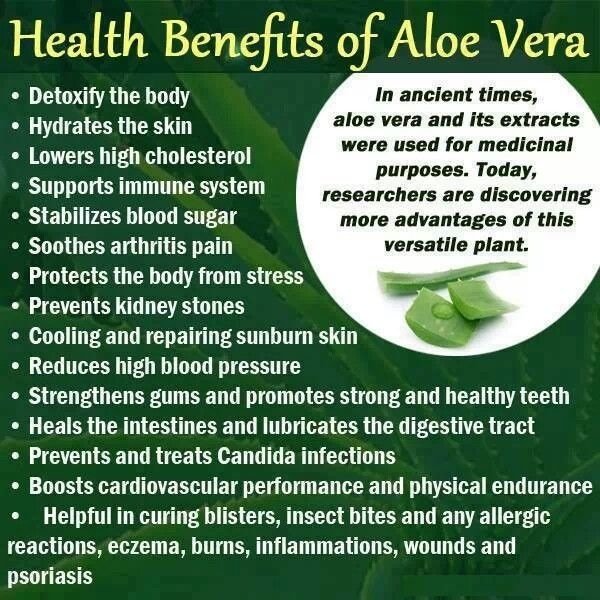The Aloe has been known for its nutrient benefits and that it alleviates and soothes. The use of Aloe dates to Pharoah’s times as formulas were found on an Egyptian papyrus, even Hippocrates used formulas containing Aloe for his modern medicine, 2400 years ago.

Aloe Arborescens: Krantz aloe/Candelabra aloe:

South Africa boasts with a large range of indigenous aloe species of which the Krantz Aloe is one. It is an evergreen shrub, growing to 3 m tall, is a large multi-stemmed and spreading succulent. It has vibrant orange cylindrical flowers, leaves that are arranged in a rosette and an anchored superficial root system. Aloes are protected in South Africa and you are not allowed to harvest them from their natural environment without a permit. They are water-wise plants, exceptionally hardy as they are frost, heat and drought resistant. The Aloe is a winter bloomer.

Fighting degenerative diseases like cancer and aids:
The Aloe-emodin which you can find in Aloe Arborescens leaves, slow down and stop the spread of cancerous cells. Aloes also contain unique sugars called mannans, which enhance cellular communication.
Reduce Gastroesophageal reflux disease (GERD):
Drinking 25-75ml of Aloe at every meal will reduce digestion-related problems as it is soothing for the stomach.

Regulate blood sugar levels:
If you struggle with your sugar levels you can take 2x25ml of Aloe juice per day which will help to stabilize your blood sugar, especially good for those with type 2 diabetes.
Other uses:
The Aloe plant’s natural vitamins and compounds, which include a healthy dose of vitamin C, can block plaque buildup and provide a soothing relief for bleeding or swelling gums. Relieve constipation and the complex carbohydrates in the plant makes it an effective face moisturizer and skin healer.

Very interesting and informative.
Thanks for telling me.
And I liked the bright photos.
Thank you very much for publishing.
I wish you new achievements and good mood, @crazymumzysa
♥